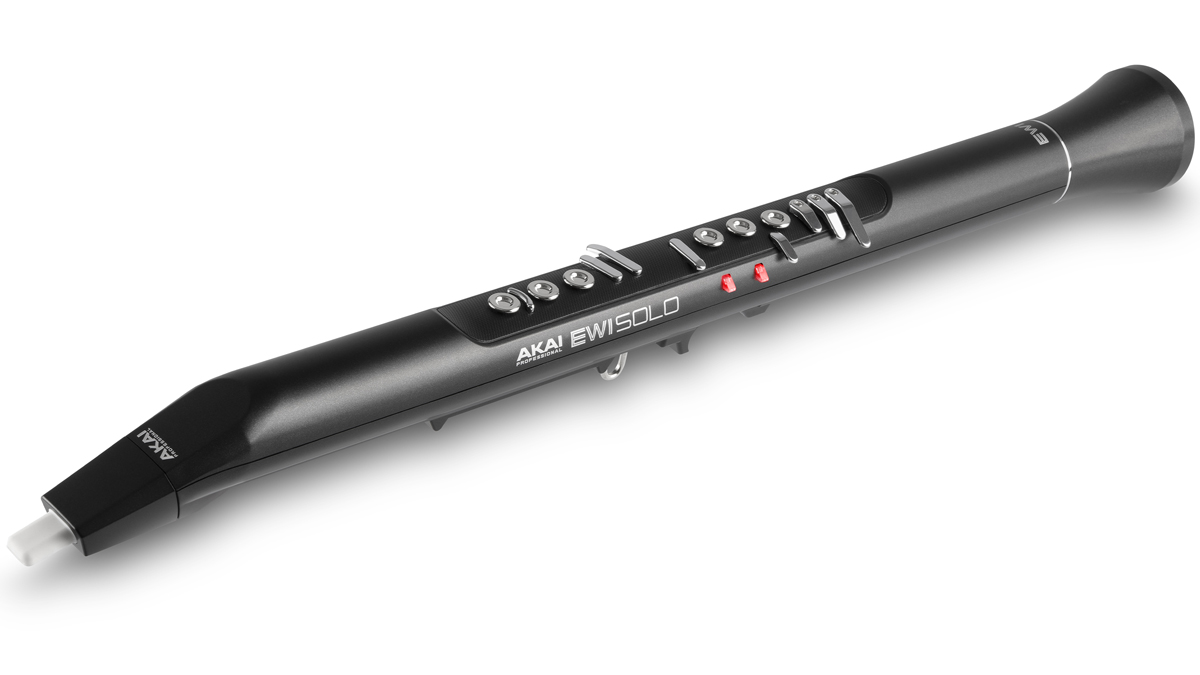Akai’s EWI Solo is the electronic wind instrument that you can play with anywhere
A built-in speaker and more than 200 sounds make it a potentially versatile option
There’s always been something decidedly ‘next-gen’ about electronic wind instruments; however many we see, we still feel like we’re getting a glimpse of a future that hasn’t quite happened yet. Behold, then, the EWI Solo - Akai’s first ‘standalone’ EWI instrument in that it has its own built-in speaker.
EWI Solo promises “all the expressive musical capabilities and control found in traditional acoustic wind instruments,” and a speaker that can reproduce all the nuances of the player’s performance. It’ll run for up to 12 hours on a single charge, and comes with more than 200 built-in sounds.
As well as the expected wind tones, this library also contains electronic patches, and you can add reverb, delay and chorus effects. Both pitch and tuning can be adjusted, and there are dual LFOs.
The EWI comes with USB MIDI and 1/4-inch audio output connections, and there’s also a 1/8-inch headphone jack. An aux input means that you can plug in a music player and jam along to a favourite tune or backing track, too.
Performance controllers include octave rollers that enable you to adjust the note range, a glide plate for adding portamento and a pitch bend plate for, well, bending pitch. You can save and recall programs with the favourites feature.
EWI Solo adapts to all the main fingering styles (flute, oboe and saxophone) and also has an EVI (Electronic Valve Instrument) fingering mode.
Available soon, the EWI Solo will cost £400. Find out more on the Akai Pro website.
Want all the hottest music and gear news, reviews, deals, features and more, direct to your inbox? Sign up here.




I’m the Deputy Editor of MusicRadar, having worked on the site since its launch in 2007. I previously spent eight years working on our sister magazine, Computer Music. I’ve been playing the piano, gigging in bands and failing to finish tracks at home for more than 30 years, 24 of which I’ve also spent writing about music and the ever-changing technology used to make it.